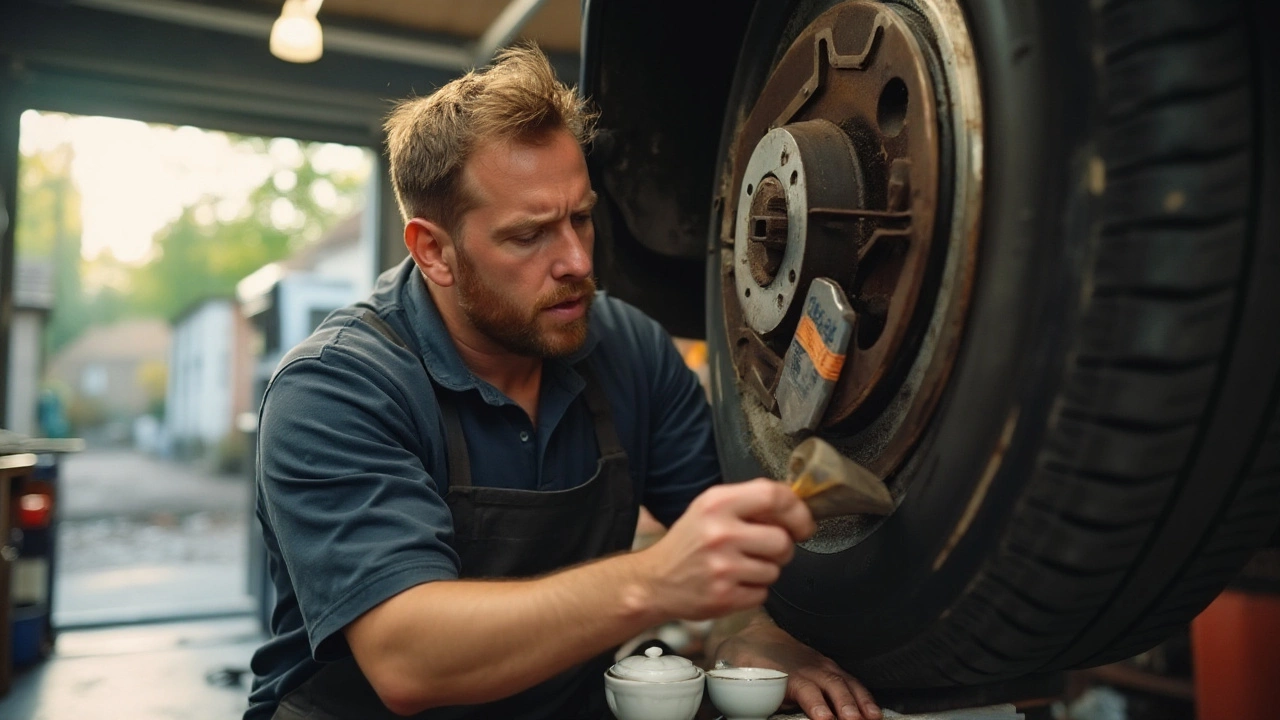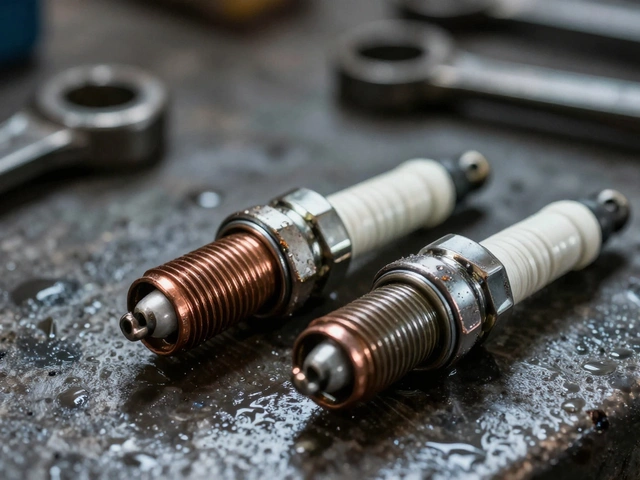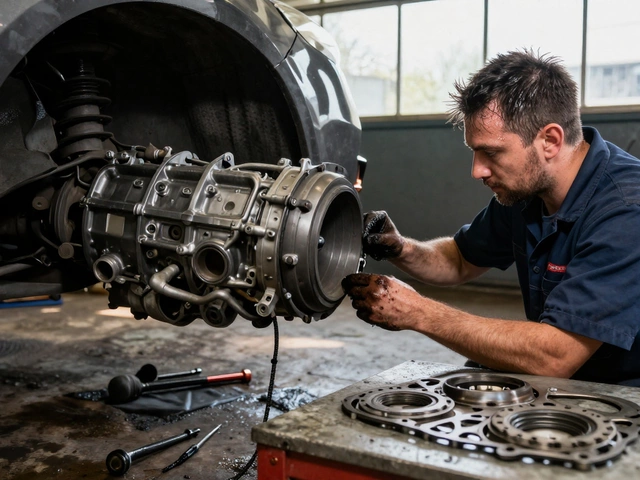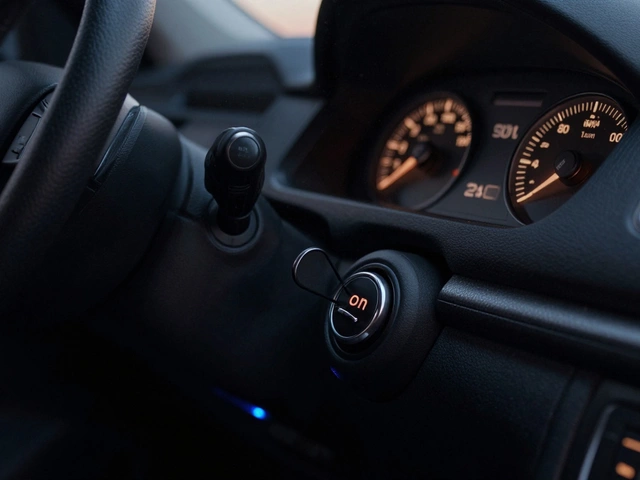Auto Repair: Common Issues, Signs, and What to Do Next
When your car needs auto repair, the process of diagnosing and fixing mechanical or electrical problems in a vehicle to restore safe and reliable operation. Also known as car servicing, it’s not just about fixing what’s broken—it’s about catching problems before they turn into expensive disasters. Whether it’s a strange noise, a warning light, or just feeling like your car isn’t driving right, auto repair starts with noticing the small things.
One of the most common issues is a failing fuel pump, a component that delivers fuel from the tank to the engine under pressure. If your car sputters, struggles to start, or dies on the road, it might not be the battery—it’s often the fuel pump. And yes, a bad one can trigger a check engine light, but not always. Then there’s the brake rotors, the metal discs that brake pads clamp down on to stop the car. Worn rotors cause vibrations, squealing, or longer stopping distances. You don’t always need to replace them when changing pads, but skipping inspection is risky.
Don’t overlook your radiator replacement, the system that keeps your engine from overheating by circulating coolant. A cracked radiator, leaking hose, or clogged core can turn a minor repair into a blown engine. And if your car feels bouncy or pulls to one side, it’s not just the tires—it’s likely suspension problems, issues with shocks, struts, or control arms that affect ride quality and handling. Bad suspension doesn’t just make the ride uncomfortable—it can wear out tires faster, stress the steering system, and even affect how your brakes work.
Auto repair isn’t about guessing. It’s about recognizing patterns: a slipping clutch that feels like the engine revs but the car doesn’t accelerate, oil that looks like mud after too many miles, or a radiator that’s 20 years old and still holding on. These aren’t random failures—they’re predictable outcomes of neglect or wear. The good news? Most of these problems show clear signs long before they leave you stranded. You don’t need to be a mechanic to spot them—you just need to know what to look for.
Below, you’ll find real, practical guides written by people who’ve been there. No fluff. No theory. Just what to check, when to act, and how to avoid getting overcharged. Whether you’re wondering if you can replace brake pads without touching the rotors, or if a 20-year-old radiator is still safe, you’ll find answers that actually help.





